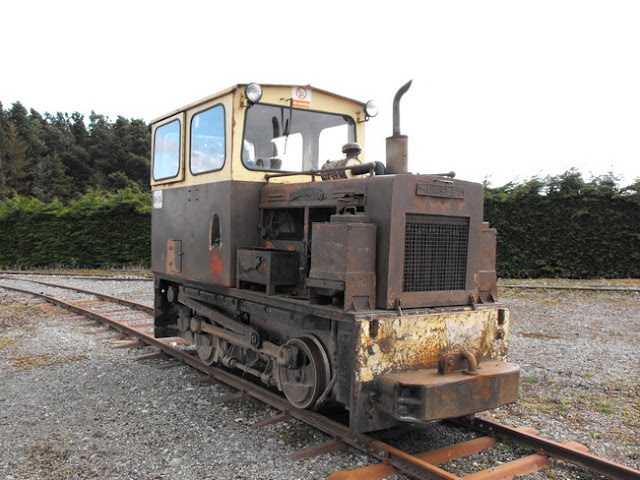A boat tour of Standedge Canal Tunnel from Marsden to Diggle
Standedge Tunnels are the biggest engineering works of the canal and rail links across the Pennines running from Marsden in Yorkshire to Diggle in Lancashire. There are four tunnels, around three miles in length. Naturally the first of the tunnels was the canal tunnel completed in 1811. This was followed by a single track rail tunnel in 1848 and a second single track tunnel in 1871. In 1894 a two track railway tunnel was added giving a total of four tracks through Standedge. The two original rail tunnels were closed in 1966 and 1970 respectively with just the two track 1894 rail tunnel remaining in use, though the original tunnels are used for maintenance vehicles. The canal closed in 1944 and iron gates were placed over the tunnel entrances. It reopened in 2001 following restoration work. A visitor centre has been established in a former transshipment warehouse at the Marsden end and tour boats operate in to the canal tunnel from there on Fridays, Saturdays and Sundays. At the time of my visit in 2012 a tour through the tunnel was operated on a Friday, though this is not currently showing on the Canal & River Trust website which contains information about visiting the tunnel and boat tours.
More information about the tunnels can be found on the Wikipedia article.
The canal tunnel starts and finishes on the north side of the railway tunnels with the 1894 two track railway tunnel crossing over the canal close to each end and the canal tunnel running for most of its length between the single track and double track rail tunnels. The canal was used in the construction of the rail tunnels, being used to extract spoil and avoiding the need to build separate construction shafts. This means there are several passages between the four tunnels. Occasionally the lights of a passing train can be seen through one of the connecting passages.
Below - The canal tunnel portal at Marsden with the gate opened for the boat tour. Individuals wishing to take a boat through can only do so by booking through the Canal & River Trust and a chaperone is provided. Boats are also followed by a vehicle in one of the disused railway tunnels with the progress of the boat checked at the cross passages.
Below - The tour boat ready for boarding at Marsden.
Below - Inside the canal tunnel. There was no towpath provided so horse drawn barges had to be legged through the tunnel and the horses were walked over the top of the hills. One man or boy on each side would lay on their backs and manoeuvre the boat with their legs. As this work badly wore boots they would often do the job with rags wrapped around their feet, the origin of the word toerag.
Below - Having passed under the later railway tunnel the bricks change from red to blue. Note the extensive re-pointing work undertaken to reopen the tunnel.
Below - The lining then changes from brick to stone.
Below - One of the passages from the 1848 railway tunnel. A torch light would regularly be seen flashing from the passages as the person following us in a road vehicle checked our progress. The passage would have been knocked through during the construction of the rail tunnel to allow spoil to be extracted by canal barges.
Below - A passing place built to allow boats travelling in different directions to pass. This proved an impractical way to operate the tunnel with such lengths of tunnel being of single boat width. A one way system controlled at each portal was introduced.
Below - Passages between the rail tunnels above and a passage to the 1848 tunnel on the left and the 1894 tunnel on the right.
Below - The light at the end of the tunnel. The flat roof is where the canal passed under the now closed Diggle station.
Below - This section is where the 1894 tunnel crosses over the canal. This was effectively an extension to the canal tunnel as prior to the construction of the 1894 tunnel the canal emerged here.
Below - A section of tunnel taking the canal clear of the Diggle station site to emerge at the Diggle portal.
Below - The boat seen at the Diggle portal.
There are little in the way of facilities at the Diggle end. After a short break for the crew the boat operated a tour back to Marsden. Though it was possible to book both tours I think most took the much quicker train journey in one direction, even allowing for the time taken to walk to Greenfield station. I followed the canal to Greenfield station, leaving the canal at Chew Valley Road bridge next to the station. Open Street Map
.JPG)
.JPG)
.JPG)
.JPG)
.JPG)
.JPG)
.JPG)
.JPG)
.JPG)
.JPG)
.JPG)
.JPG)
.JPG)
.JPG)
.JPG)
.JPG)
.JPG)

























